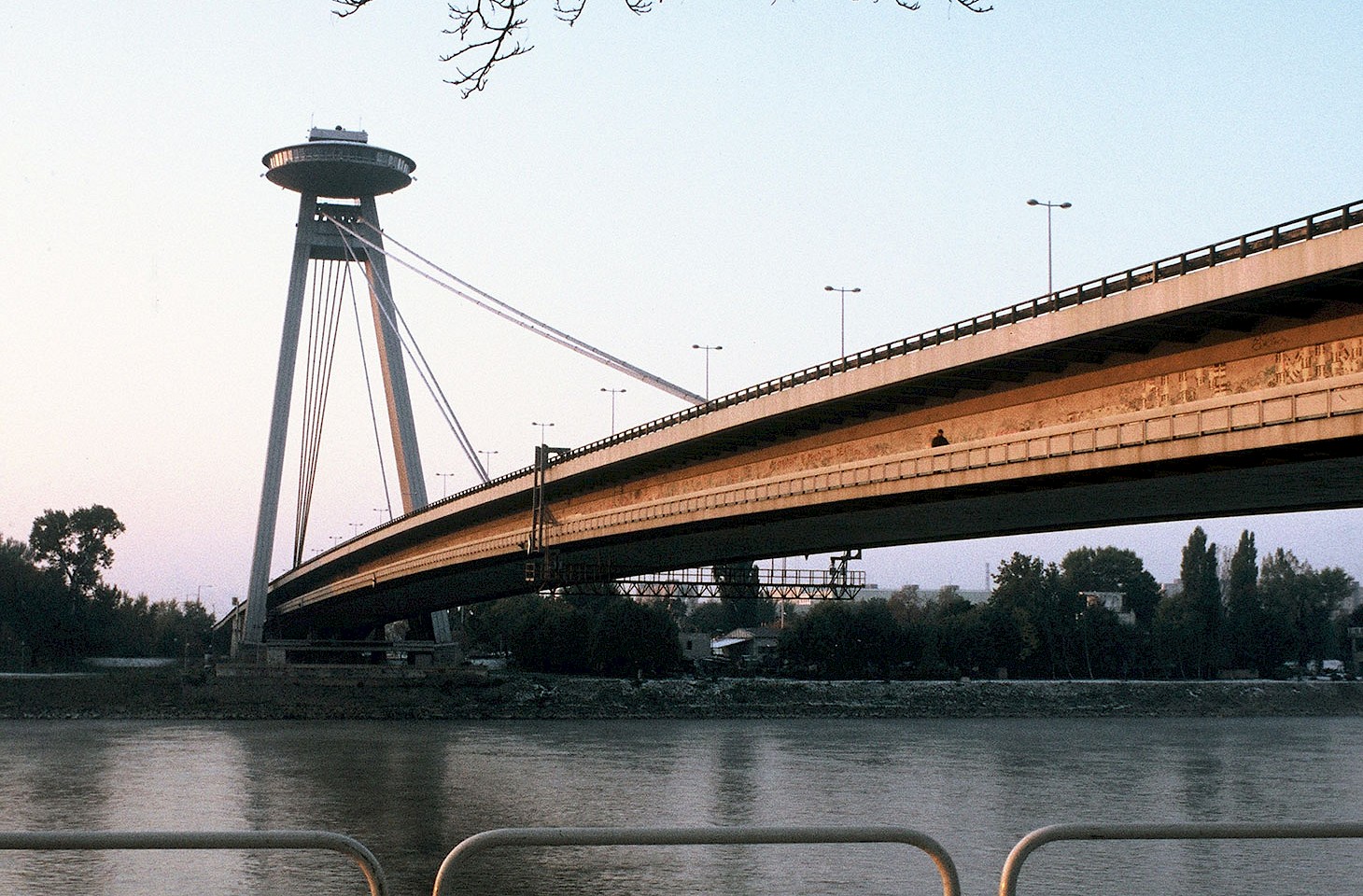The hills of Liguria shimmer in solstice heat. Cats lie in the shadows, and the cemetery workers follow their example. Little splinters of the local Ligurian dialect can be heard from a family tending a grave on the hillside, half-polished phrases that fade to tears. The cemetery at Armea, in the hills behind Sanremo, is a place to study the topography of death. In the cool lands of northern Europe, death is a poorly guarded secret, an unspoken necessity. In the South, they do things differently. In Ancient Rome the tombs of the dead lined the main roads in and out of the city.
Although northern Europe has its grand cemeteries, they are tucked away (think Père Lachaise in Paris, or Kensal Green and Nunhead in London) and the architectural language of those burial grounds is essentially full of mournful nostalgia. By contrast the cemeteries of Liguria are often more assertive, with bold architecture and landscaping that reveals a very different attitude towards death. Some families build elaborate sepulchral structures at Armea years, even decades, before they are needed. It is of course a way of spreading the cost of death over several installments. And whereas in northern Europe cemeteries have attracted few premier league architects, Armea is the place to go to see some of the most striking architecture of the Sanremo region.


